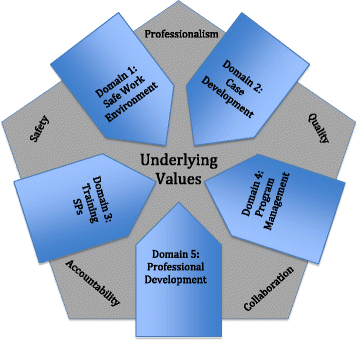
Simulation may use tools and technology, but at its heart is people. We practice discreet skills, master technologies, and exercise inter-professional communication for the sake of those who receive our care. We often measure our success in checklists and scores, but our real goal is the protection of our patients and promotion of their wellness.
This humanistic focus on people is particularly evident in simulated/standardized patient (SP) methodology, which gives voice to the experience of the patient as well as others involved in the circle of healthcare. In its early years, SP methodology spread as its pioneers moved from institution to institution, training individual educators along the way. Those educators began talking, meeting, and building formal networks that led to the development of the Association of Standardized Patient Educators (ASPE), the global organization dedicated to the promotion of human simulation.
For years we have shared our methodology through conferences, workshops, and networking. We have published thousands of articles on aspects of our practice, codifying our methods bit by bit.
For the first time, here, you will see a cohesive set of standards for the practice of SP-based simulation, authored by ASPE members and leaders. These standards represent the input of dozens of experts, representing a great deal of experience working with SP methodology, from institutions around the world.
The ASPE Standards of Best Practice are built on five underlying values (safety, professionalism, quality, accountability, and collaboration) and address five domains (safe work environment, case development, training SPs, program management, and professional development). Each domain is divided into principles with accompanying key practices. The standards are practical in nature, providing clear guidelines for those working with SPs, from novice to expert.
As always, our focus on people is evident. We continue to value adaptability, local context, and collaboration. The flexibility imbued in the standards allows SP educators to meet the needs of their particular institution or community, while the aspirational nature of the standards encourages improvement and professional growth.
The ASPE community looks forward to engaging with you through online platforms and our annual meeting about how these standards impact and inspire your work.
Really useful, looking forward to seeing how we can apply these in SP use for OSCE’s
Wonderful, Valerie!
Carrie, nice job of giving a summary of what this all looks like. It’s an exciting new time!